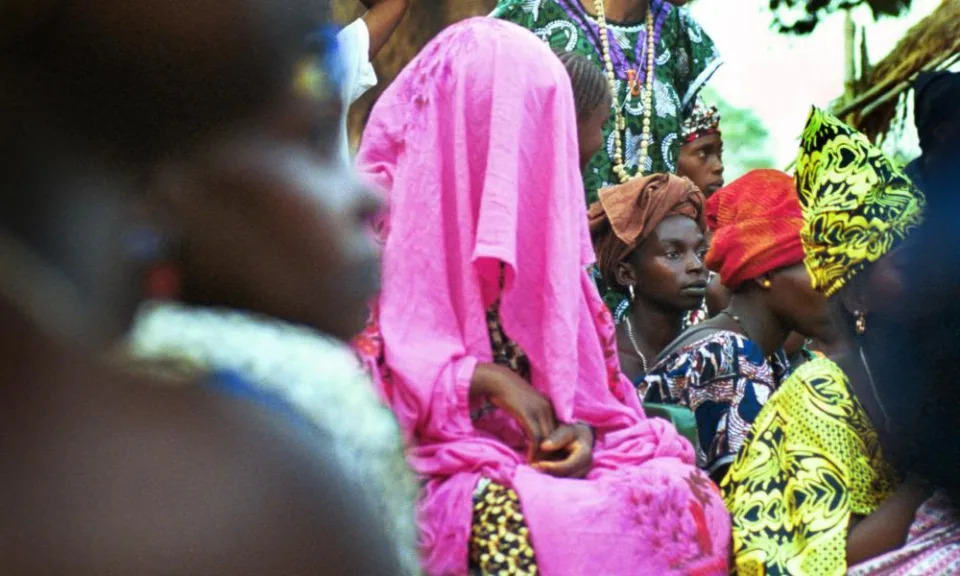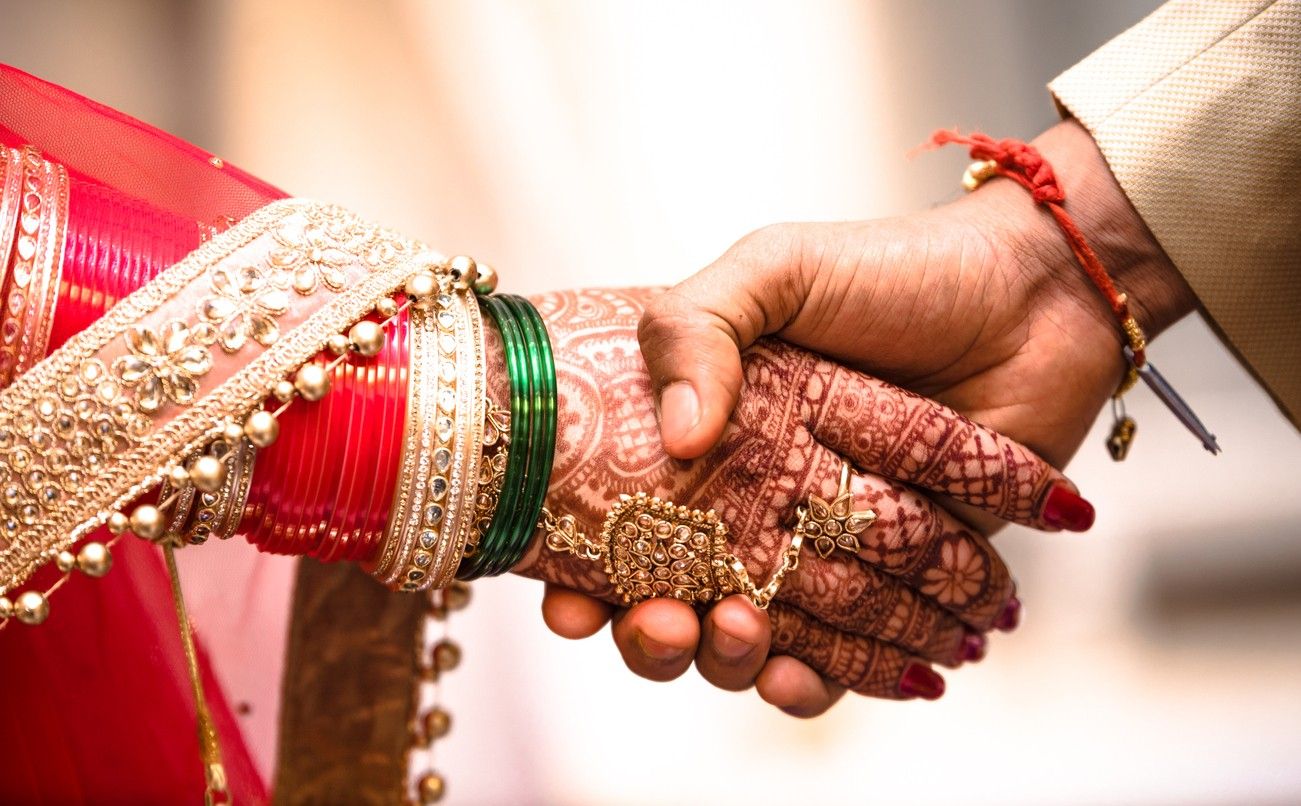Stalled progress toward eliminating child marriage in India
Key points:
- Using national data between 1993 and 2021, researchers observed that India’s national prevalence of child marriage—defined by the study as marriage before age 18—declined throughout the study period.
- The decade between 2006 and 2016 saw the largest magnitude of reduction in child marriage, while the years between 2016 and 2021 saw the smallest. During these latter years, six Indian states/union territories saw increases in the prevalence of girl child marriage and eight saw increases in boy child marriage.
- The study is among the first to examine how the prevalence of child marriage has changed over time at a state/union territory level.
Boston, MA—Child marriage has declined in India—but across the country, one in five girls and nearly one in six boys are still married as children, and in recent years the practice has become more prevalent in some states/union territories, according to a new study led by researchers at Harvard T.H. Chan School of Public Health.
Child marriage is a human rights violation and a recognized form of gender- and sexual-based violence. India’s success in reaching zero child marriage is critical to achieving United Nations’ Sustainable Development Goal (SDG) target 5.3.
The study will be published on December 15, 2023, in The Lancet Global Health.
“This study is among the first to estimate how rates of girl and boy child marriage have changed over time at a state/union territory level. Boy child marriage in particular is often overlooked; to date, there’s been almost no research estimating its prevalence,” said lead author S. V. Subramanian, professor of population health and geography. “Our findings offer a big step forward in understanding the burden of child marriage in India—one that will be critical to effective policymaking.”
Though India legally defines child marriage as marriage before age 18 for girls and before age 21 for boys, for the purposes of the study the researchers defined it as marriage before age 18 for both sexes. Using data from all five waves of India’s National Family Health Survey, from 1993, 1999, 2006, 2016, and 2021, they estimated the number of men and women ages 20-24 who met that definition across state/union territories.
The study found that between 1993 and 2021, child marriage declined nationally. The prevalence of girl child marriage decreased from 49% in 1993 to 22% in 2021, while boy child marriage decreased from 7% in 2006 to 2% in 2021. (Using the Indian legal definition of boy child marriage, the prevalence was much higher: 29% in 2006 and 15% in 2022.) However, progress towards stopping the practice of child marriage has stalled in recent years: The largest reductions in child marriage prevalence occurred between 2006 and 2016, with the lowest magnitude of reduction occurring between 2016 and 2021. In fact, during these later years, six states/union territories (including Manipur, Punjab, Tripura, and West Bengal) saw an increase in girl child marriage and eight (including Chhattisgarh, Goa, Manipur, and Punjab) saw an increase in boy child marriage.
By 2021, the researchers counted more than 13.4 million women and more than 1.4 million men ages 20-24 who were married as children. The results showed that one in five girls and nearly one in six boys are still married below India’s legal age of marriage.
“Child marriage is a human rights violation,” said first author Jewel Gausman, research associate in the Department of Global Health and Population. “It is both a cause and a consequence of social and economic vulnerability that leads to a range of poor health outcomes. The state/union territory stagnation in reaching zero child marriage that we observed is a significant concern—and is a call for India to reignite progress.”
Rockli Kim, visiting scientist at the Harvard Center for Population and Development Studies, was also a co-author.
Funding for the study came from the Bill & Melinda Gates Foundation (INV-002992).
“Prevalence of Girl and Boy Child Marriage: A Repeated Cross-sectional Study Examining the Subnational Variation across States and Union Territories in India, 1993-2021,” Jewel Gausman, Rockli Kim, Akhil Kumar, Shamika Ravi, S.V. Subramanian, The Lancet Global Health, December 15, 2023, doi: 10.1016/S2214-109X(23)00470-9
Visit the Harvard Chan School website for the latest news, press releases, and multimedia offerings.
###
Harvard T.H. Chan School of Public Health brings together dedicated experts from many disciplines to educate new generations of global health leaders and produce powerful ideas that improve the lives and health of people everywhere. As a community of leading scientists, educators, and students, we work together to take innovative ideas from the laboratory to people’s lives—not only making scientific breakthroughs, but also working to change individual behaviors, public policies, and health care practices. Each year, more than 400 faculty members at Harvard Chan School teach 1,000-plus full-time students from around the world and train thousands more through online and executive education courses. Founded in 1913 as the Harvard-MIT School of Health Officers, the School is recognized as America’s oldest professional training program in public health.
JOURNAL
The Lancet Global Health
METHOD OF RESEARCH
Observational study
SUBJECT OF RESEARCH
Not applicable
ARTICLE TITLE
Prevalence of Girl and Boy Child Marriage: A Repeated Cross-sectional Study Examining the Subnational Variation across States and Union Territories in India, 1993-2021
ARTICLE PUBLICATION DATE
15-Dec-2023
LA REVUE GAUCHE - Left Comment: Search results for CHILD BRIDE
LA REVUE GAUCHE - Left Comment: Search results for BOY BRIDES












